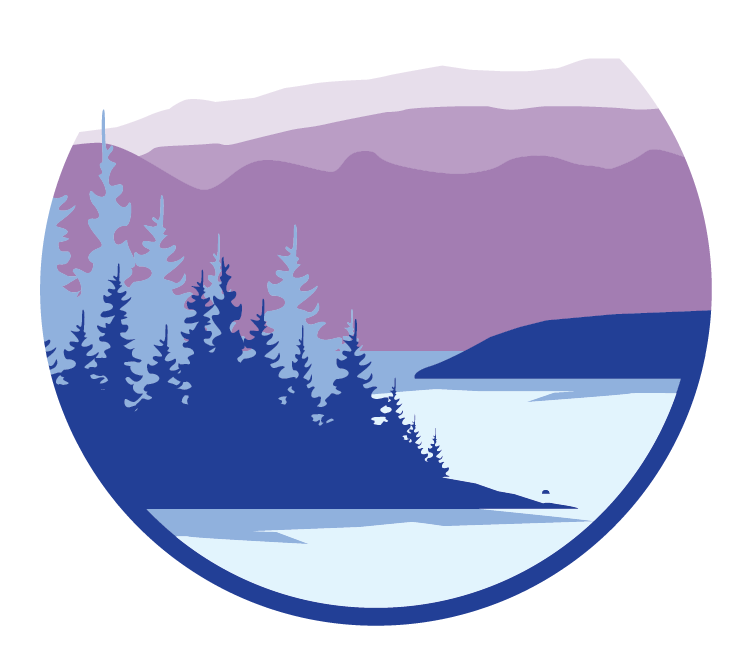
Flathead Lake Levels
The following resources contain materials that the Flathead Lakers have found helpful in understanding the complexities surrounding the summer lake level issue. We will update the content as we learn more. We hope this information will help you better understand the issue and help you make informed decisions.
Information provided is for educational and self-help purposes only. It does not reflect the Flathead Lakers position.
Working Documents
Se̓liš Ksanka Qĺispe̓ (SKQ) Dam Opperations
This is the draft drought management plan plan that has yet to be adopted into KERR/SQK Project License
Federal Energy Regulatory. Commission (FERC) oversees EKI’s opperations of the dam and this is the manual.
Water & Snowpack
Although this plan is not directly related to the dam operation, it is important to remember that drought concern is statewide.
Lake Level & Stream Flow Data
USGS - Current Lake Level
Flathead Lake Inflow
USGS - Swan River near Bigfork
Flathead Lake Outflow
Snowpack
Education
Lake shore regulations
With climate change and changes in water management that affect summer lake levels, Many Flathead Lake shoreline property owners are considering new modifications to their lake access structures. Permits are required before beginning construction. While contractors often apply and secure the required permits, the property owner is ultimately responsible if work is done without a permit.
If your property is within the Flathead Indian Reservation boundary, you need a Shoreline Protection Permit from CSKT (https://www.csktnrd.org/ep/shoreline-protection) for any work planned lakeward from the full pool shoreline along with a Lakeshore Protection Permit from Lake County for any work planned within 20 feet of the full pool shoreline on land. Additionally, if your project involves any dredging or filling lakeward from the full pool shoreline you need a 404 permit from the United States Army Corp of Engineers and may need a floodplain permit from Lake County.
If your property is in Lake County, but outside of the Flathead Indian Reservation boundary, you need a Lakeshore Protection Permit from Lake County for work planned lakeward from the full pool shoreline and for any work planned within 20 feet of the full pool shoreline on land. Additionally, if your project involves any dredging or filling lakeward from the full pool shoreline you need a 404 permit from the United States Army Corp of Engineers and may need a floodplain permit from Lake County.
If your property is in Flathead County, you need a Lakeshore Protection Permit from Flathead County for work planned lakeward from the full pool shoreline and for any work planned within 20 feet of the full pool shoreline on land. Additionally, if your project involves any dredging or filling lakeward from the full pool shoreline you need a 404 permit from the United States Army Corp of Engineers and may need a floodplain permit from Flathead County.
The Confederated Salish and Kootenai Tribal Shoreline Protection Office:
301 Main St. | Polson, MT | 59860 | 406-883-2888 x7212
Email Nicole Pablo ( nicole.pablo@cskt.org ) for an application.
Lake County Planning and Zoning Department:
106 4th Avenue E | Courthouse Room 315 | Polson, MT | 59860 | 406-883-7235 | Website

News & Opinions
Recently EKI hired a Communications Director to help with disseminating information relevant to the lake level. EKI has added a tab on their website called Flathead-Lake-Data that has a forecast graph that you might find helpful.
2023
Daily Montanan - Flathead Lake at historic low, but anomalies could be ‘new normal’
Daily Inter Lake - Raising Flathead Lake's water level a complicated conundrum
Lake County Leader - Lake level points to another inconvenient truth
Flathead Lake Biological Station - Diving into 2023 Flathead Lake Level Data
August 25th - Energy Keepers, Inc. letter
Daily Inter Lake - Zinke's Fill the Lake Act meets mixed reactions
2024
Daily Inter Lake - Energy Keepers acted appropriately in dealing with Flathead Lake's record low water levels, review finds
Flathead Beacon - Tribal, Federal Water Managers Host Informational Meeting on Flathead Basin Operations
March 20th - FERC Response to Lake County Commissioners’ March 1st Petition
Flathead Beacon - Energy Keepers Receives Approval for Flathead Lake Level Variation
What can we do?
Stay informed and stay safe. Check weather forecasts, predicted temperatures and storms. Check out the Living in Flathead Guide for information on how you can navigate the realities of living here and offer ways we can embrace to live in harmony with wildlife, recreate safely and responsibly, and support local communities.
Be water wise. During summer months, reduce how much water you use in the garden. Sprinkle at dawn and dusk every other day or less, use soaker hoses versus sprinklers, and don’t water while it’s raining. Also consider planting native plants in the spring (which require less water after established), and installing rain barrels (mosquito-proof containers) to collect rainwater from rooftops and use it to water your garden. Check out these Water Saving Tips.
Check whether your city has passed water restrictions.
Protect wetlands in your area. Wetlands often have water saturated soils and water loving plants. When connected to the groundwater, wetlands can act like water “sponges”, slowly recharging groundwater aquifers when the water table is low. Wetlands are also incredibly valuable. They make up about 5% of the landscape in Montana, yet over 60% of our native species rely on these areas at some point in their life.
Join one of our Climate Cafes in Polson, an open, respectful, accepting space for people who are concerned about the climate crisis to gather, to talk, to share their thoughts, to share personal stories, to explore how to take personal, community, and global action, as well create a climate resilient Montana.

